Avatar: The Way of Water Review - Dazzling Visuals Make It Worth the Wait, but the Story Is Horrendously Outdated
In 2009, James Cameron introduced audiences to the world of Pandora, a planet inhabited by extraterrestrial humanoids called Na’vi amid their conflict with the humans from Earth who are attempting to colonize their planet to mine Unobtanium, a resource the humans desperately need to survive on Pandora. When those attempts failed, Resources Development Administration Colonel Miles Quaritch sought out Paraplegic Marine Jake Sully to take his brother’s place in the Avatar program, which is the practice of “piloting” a Na’vi.
Audiences connected with the film, propelling it to the highest-grossing movie of all time, earning $749 million in the United States and Canada, nearly $2 billion by the end of its original theatrical run, totaling $2.7 billion worldwide.
Beyond monetary success, Avatar won Oscars for Best Art Direction, Best Cinematography, and Best Visual Effects, with nine nominations for the 82nd Academy Awards. At the 67th Golden Globes, the film won Best Motion Picture - Drama and Best Director and was nominated for Best Original Score and Best Original Song.
The film was also a massive hit with critics groups with organizations like New York Film Critics Online awarding the film its Best Picture award, the Broadcast Film Critics Association awarding the film Critics Choice Awards for Best Action Film, Best Art Direction, Best Cinematography, Best Editing, Best Sound and Best Visual Effects, St. Louis Film Critics awarding the film Best Visual Effects and Most Original, Innovative or Creative Film, and the British Academy of Film and Television Arts awarding the film awards for Best Production Design and Special Visual Effects and was nominated for six other categories, including Best Film and Best Director.
So, it is safe to say that Avatar was a massive success in every meaningful metric. The film even made 3D a promising technology instead of a gimmick at a time when it was a relatively new concept for audiences.
Thinking back on it, this should’ve been an instant watch for me at the time. But that’s right - I did not watch Avatar in theaters. I did not watch the film until August 19th, 2017, which I believe was when Cameron began filming Avatar: The Way of Water and its three sequels. My overall impression of the film, like my impression of another film that used 3D well, Gravity, is that I wished I had seen the movie in theaters to understand the hype around its utilization of 3D fully and that the story felt like Cameron plucked an undeveloped action movie script from the 1990s and rewrote it to better suit his views on colonization, indigenous persons, and preservation.
Thirteen years later, has Cameron won me over with Avatar: The Way of Water? Unfortunately, the answer to that question is complicated.
If you asked me right after getting out of the film, my initial impressions were pretty positive. I loved the 3D implementation and the realistic visuals, but I was on the fence about the story. Less than an hour later, I turned completely sour on the film’s storyline and visuals, likening some of the CGI to a cutscene from a Halo game. A day later, I returned to my stance that the visuals were the best part of the film and that the story could’ve used more work. Now? My original stance is my firm stance on my feelings about the film, with the added note that Cameron’s use of a high frame rate (48 frames per second instead of the standard 24) in sections gave me a headache.
This variation in opinion is not only why this review is coming several days after the review embargo of December 13th at 9 AM Pacific time but also a great example of how I expect audiences to react once they walk out of the theater and start discussing it with others. It’s a film that invites you to sit with your thoughts on the film and honestly examine how you feel about it in a way that modern blockbusters rarely explore.
What has Cameron come up with as a story for the first of four sequels to Avatar in the franchise’s thirteen-year hiatus? Avatar: The Way of Water takes place more than a decade after Avatar, with Jake Sully, Neytiri, and their children fleeing the Hallelujah Mountains to a series of islands inhabited by the Metkayina clan, who live in harmony with the ocean that surrounds them. There, the Sully family must learn to navigate the seas and adapt to the new community they find themselves in.
This aspect of the film is the most refreshing part of the narrative written by Cameron, Rick Jaffa, Amanda Silver, Josh Friedman, and Shane Salerno. It’s one of the ways that the story is connected to the 2009 film, yet its own thing. There’s a tenderness to this aspect of the story, where the Sully family has to listen to one another to survive their circumstances, unlike the gung-ho nature of Jake in the original film.
However, Cameron and the other writers don’t give enough attention to this narrative aspect. These characters are given time to display their wants and needs and give audiences glints about their pasts and how that has determined their present. Those things aren’t the problem. My problem with this is that these things are told to us rather than shown to us, so when certain characters finish their respective arcs, those moments don’t land as the emotional moments Cameron wants from the audience.
There are plot elements I can’t mention in any specificity for fear of spoiling the biggest film of the year. However, I will say that these plot elements are as thought-provoking as the main storyline and will spark some discussion on the way home from the theater.
All in all, this narrative feels like leftovers from unproduced scripts from the 1990s, elements of Cameron’s Terminator 2: Judgment Day, and action films from 2012 like Battleship, among a myriad of others. It leaves me with the sense that while it has touching elements like the familial aspect of the film, multiple aspects are horrendously out of date.

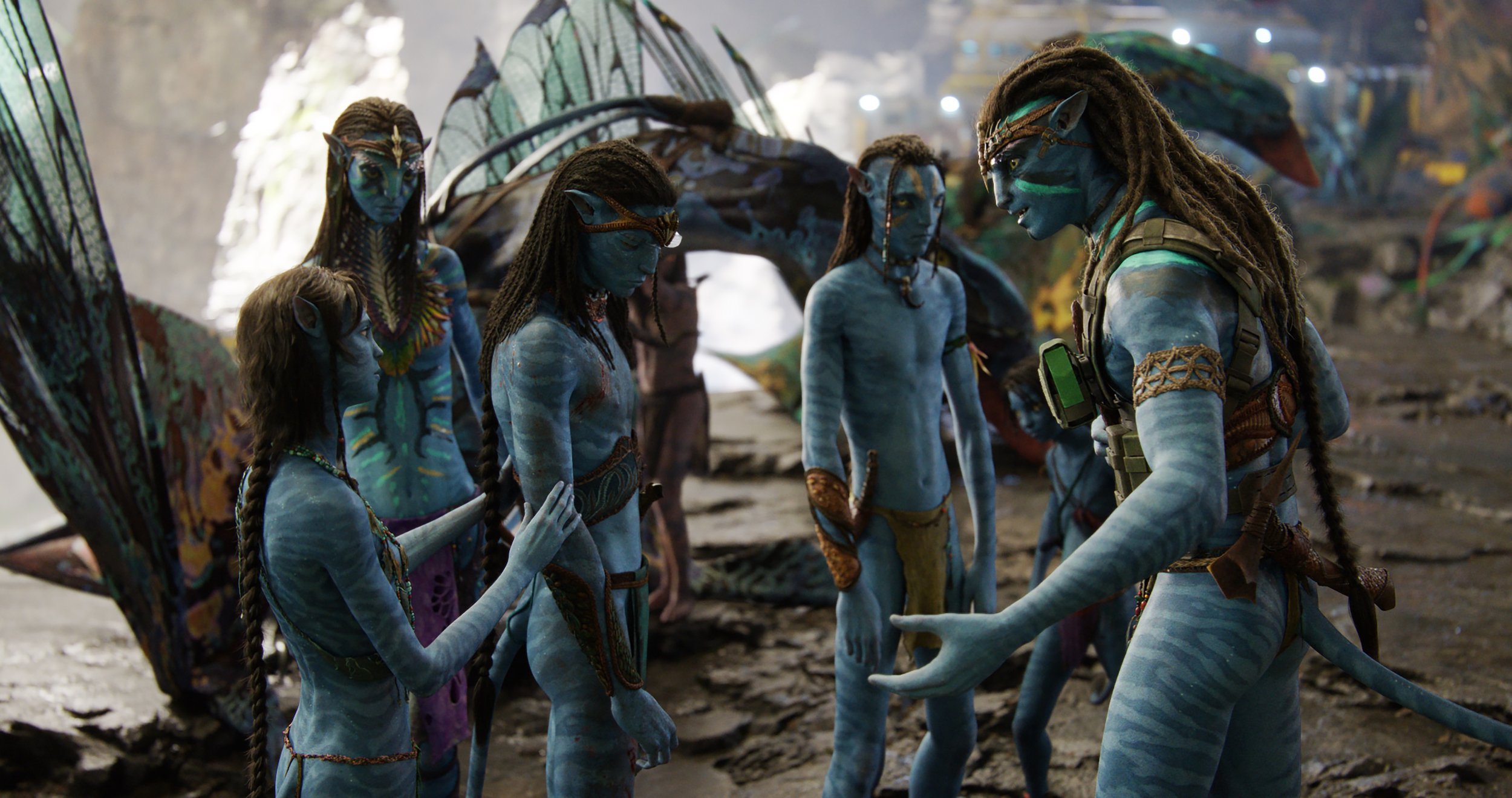
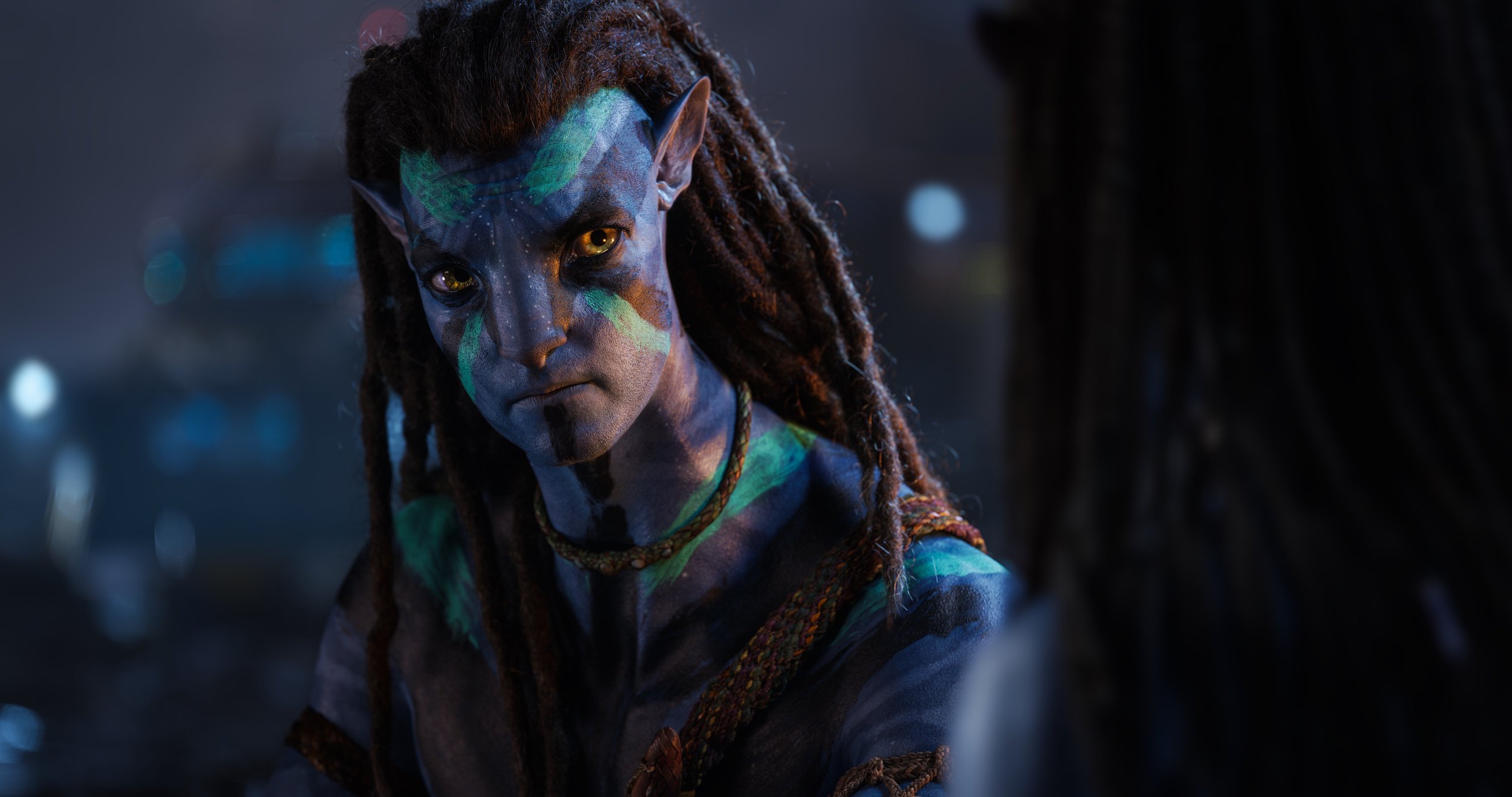

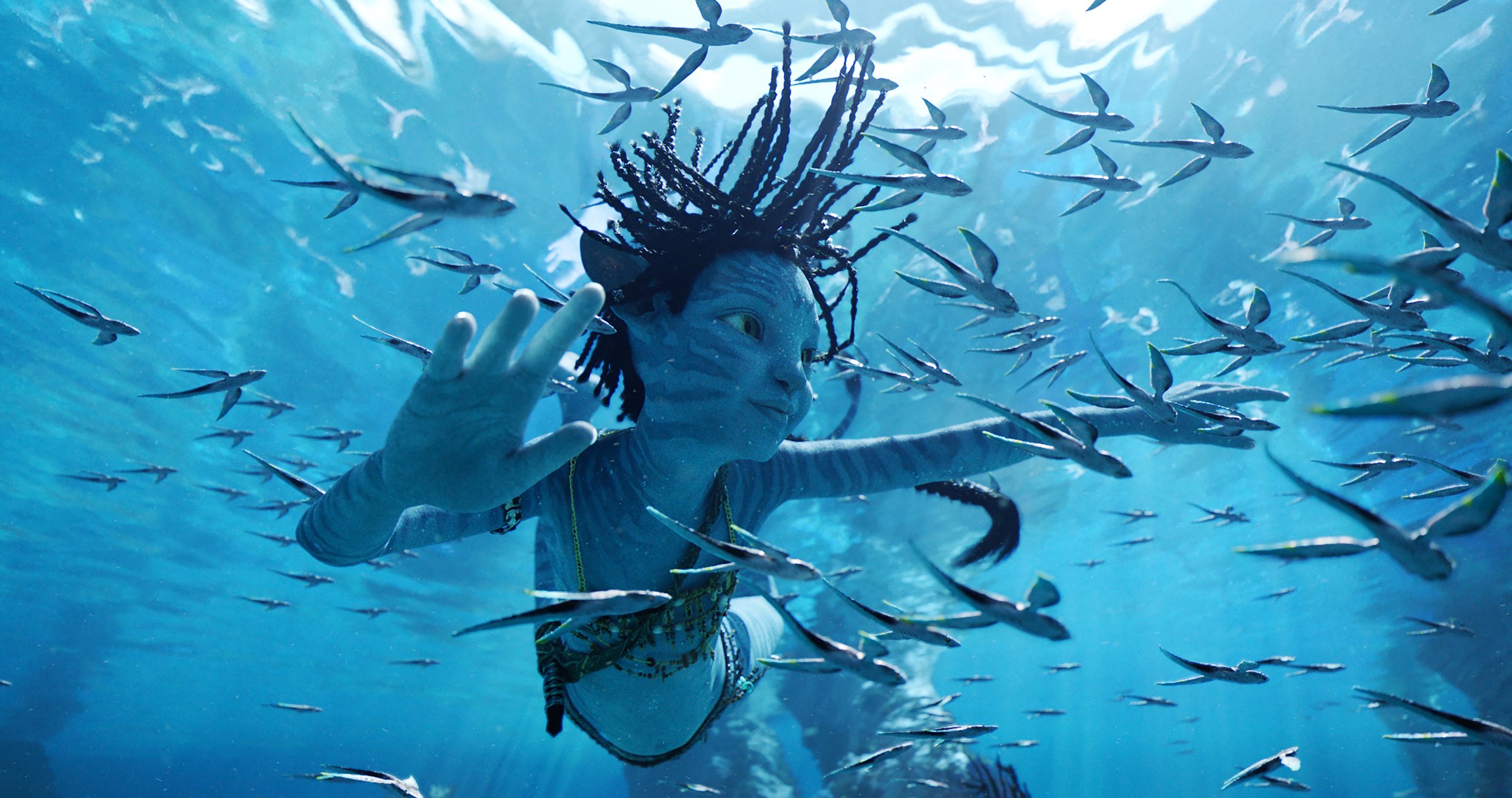
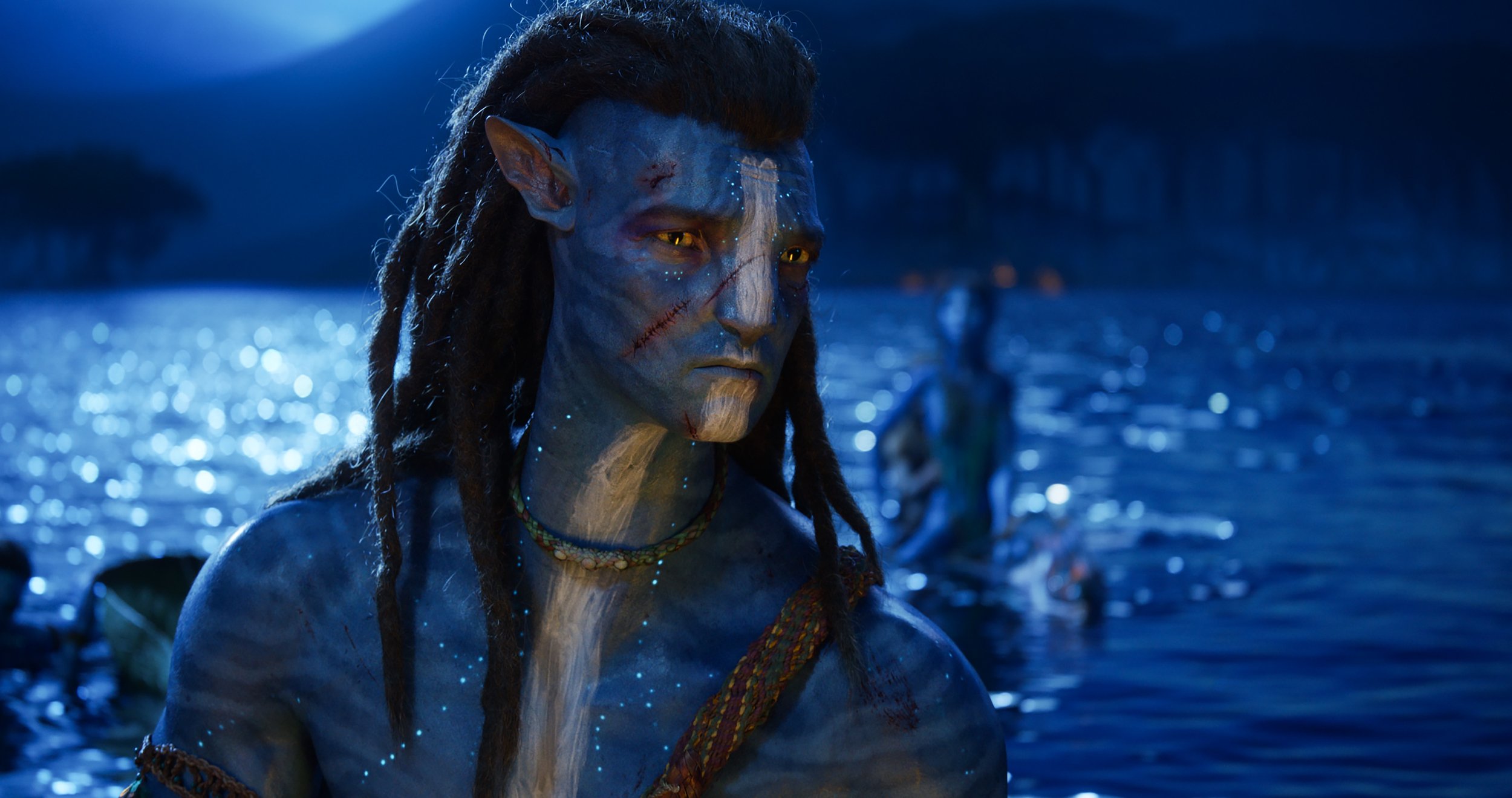
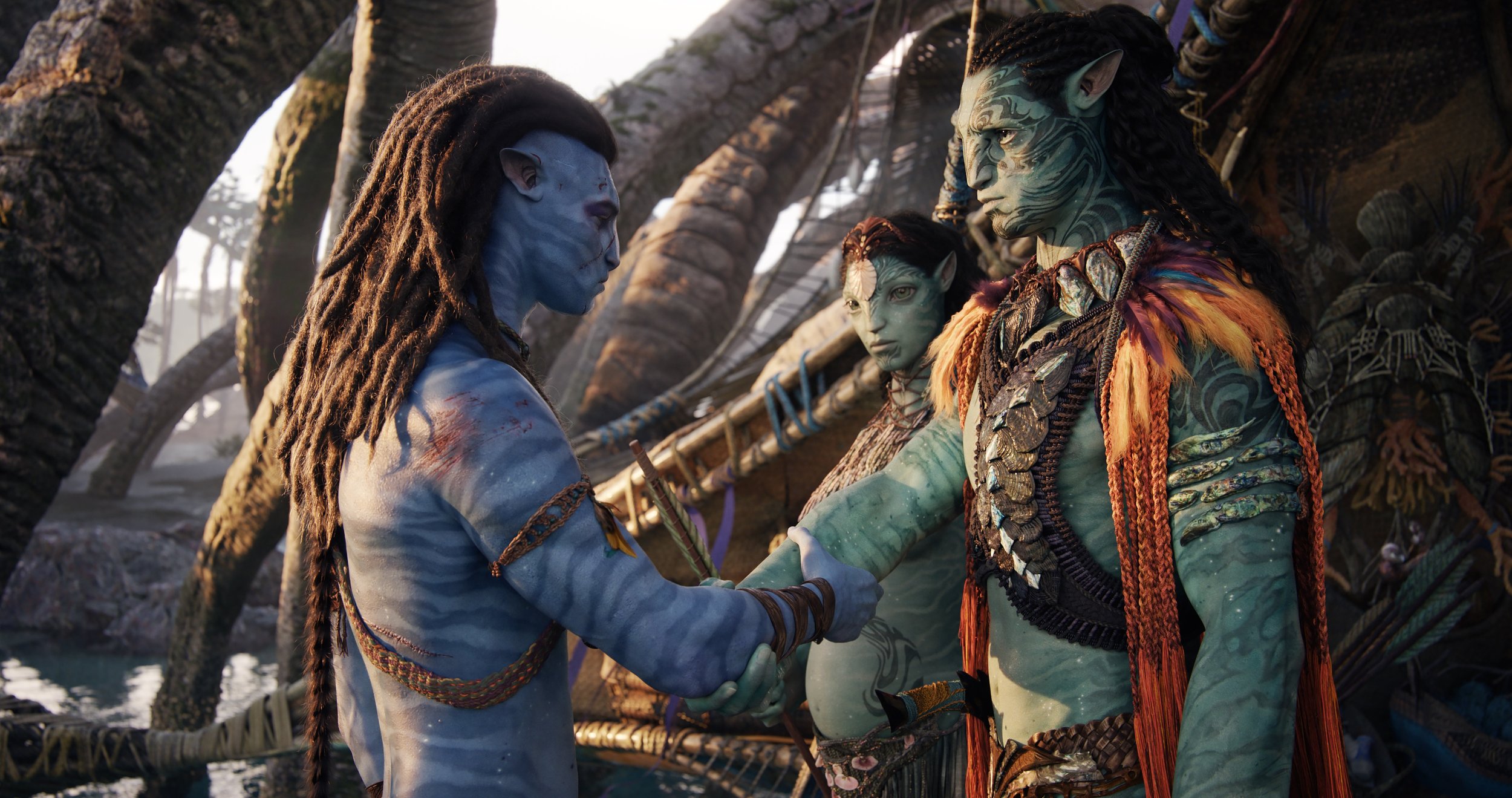
Returning to the franchise are Sam Worthington as Jake Sully, Zoe Saldaña as Neytiri, Stephen Lang, Joel David Moore, CCH Pounder, Giovanni Ribisi, Dileep Rao, Matt Gerald, and Sigourney Weaver in roles that I can’t say what they are since that information is not publicly available. Joining the cast are Kate Winslet as Ronal, the Tsahik, or Shamanic Matriarch of the Metkayina clan, married to Tonowari (Cliff Curtis), Edie Falco, Jemaine Clement, and Brendan Cowell, who are also in roles that I can’t talk about.
Of the roles I can discuss, I appreciate how vulnerable Worthington and Saldaña feel as parents. Jake and Neytiri have a push and pull in their relationship. They are both warriors, but they have two very different approaches to their parenting styles. Worthington plays Jake as reluctant to conflict, wrestling with his warrior tendencies to better protect his family. It’s subtle and dramatically improves his character from the first film.
Saldaña evolves Neytiri’s character by being stuck in her ways in many respects. It’s an interesting flip of the script from the original film, where Jake and Neytiri opened their hearts and minds to each other’s ways of life.
The actors that play their children, Jamie Flatters as Neteyam, Britain Dalton as Lo’ak, and Trinity Bliss as Tuktirey “Tuk” do an amicable job. Still, for how central they are to the story, I expected more oomph to the performances they give here.
Speaking of expected oomph that doesn’t deliver, the score by Simon Franglen, a long-time collaborator with James Horner, who composed the first film’s score, never wowed me. Not once in the over three-hour runtime did I notice any of Franglen’s compositions as remarkable in any way, shape, or form. There’s no wonder to it, unlike Horner’s compositions from the original film.
Likewise, the Weeknd’s end credits song, “Nothing Is Lost (You Give Me Strength),” is similarly forgettable. I usually stay until the end credits song to finish playing to leave, but even listening to it afterward, it’s an instant skip.
Furthermore, this film needs a second edit. Avatar: The Way of Water suffers from a massive case of bloat at three hours and twelve minutes. There’s an entire act of the film that is full of worldbuilding but could’ve easily been edited out by Stephen Rivkin, David Brenner, John Refoua, and James Cameron. I understand that Cameron has four more Avatar sequels after this one, and he has to lay the groundwork for those films. Still, this act full of worldbuilding felt like a colossal waste of time. It could’ve easily been spent filling the audience in on things that have either happened between films or explaining some of the more head-scratching moments that Cameron asks you to accept and move on from as quickly as he introduces those concepts.
That said, the work by Wētā FX is simply astounding and unlike anything I’ve seen before. While parts of it can feel too much like a cutscene from a modern video game like Horizon Forbidden West, which might have to do with the high frame rate of 48 frames per second instead of the industry standard 24 frames per second, how this is paired with the 3D in the film is something that needs to be seen to be believed. Of course, I can’t speak to RealD 3D, IMAX 3D, or any other version of the film, as I saw it in the AMC Theaters exclusive format of Dolby Cinema 3D in a high-frame rate, but this is the way to see it. The floating rocks of the Hallelujah Mountains feel right in front of you, arrows feel like they are pointed at your face, and it is genuinely the best implementation of 3D I’ve ever seen.
This extends to their CGI work, which left me speechless at multiple points. I’ve never seen things look as lifelike as it does here. At points, I could not distinguish whether I was seeing something that was a practical or visual effect. Props to Wētā and all the artists who worked on this task, as the uncanny valley isn’t even an issue. There was even a point where I was convinced that Worthington and the rest of the cast were Na’vi. Yes, it’s that convincing.
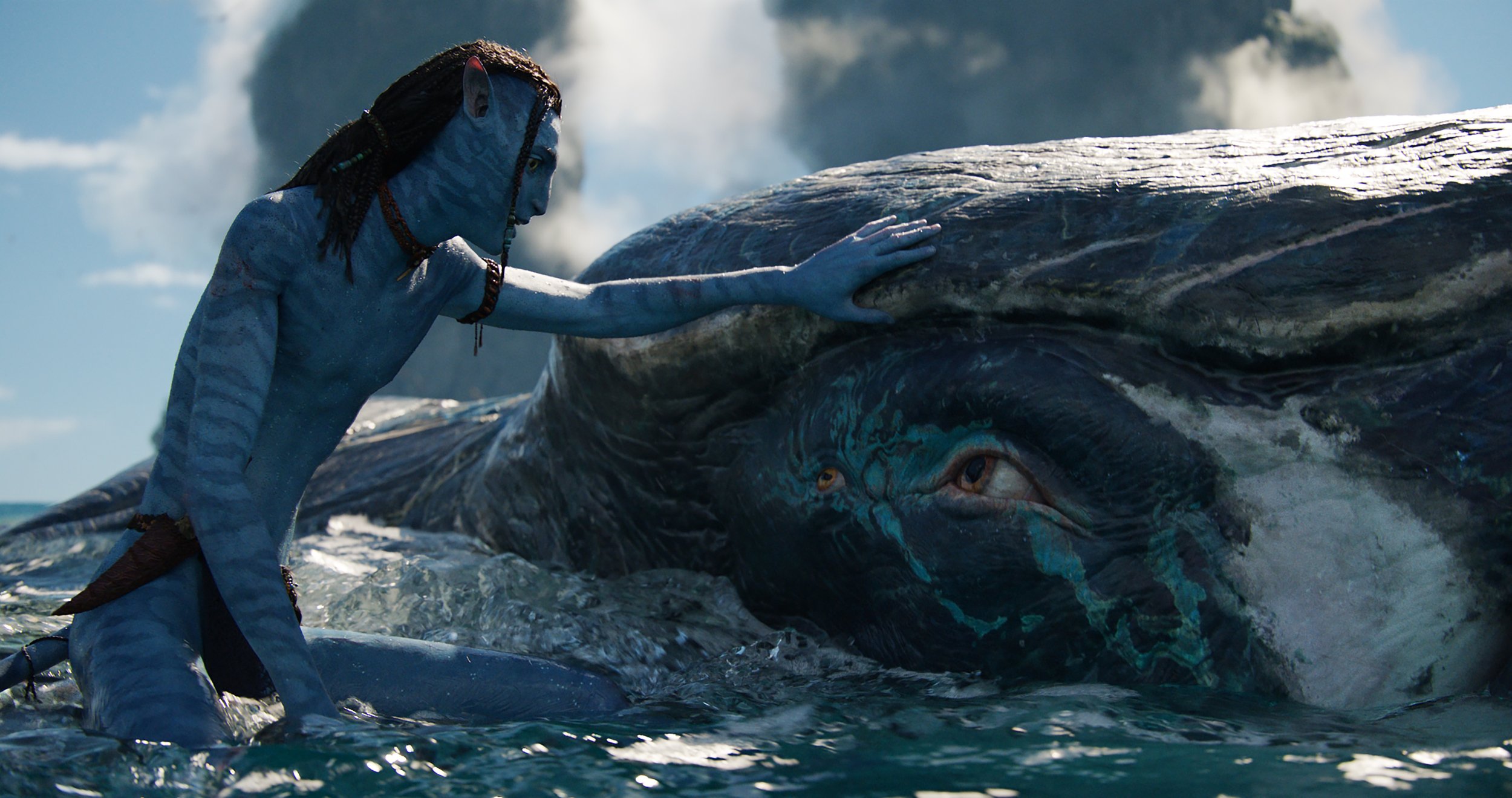
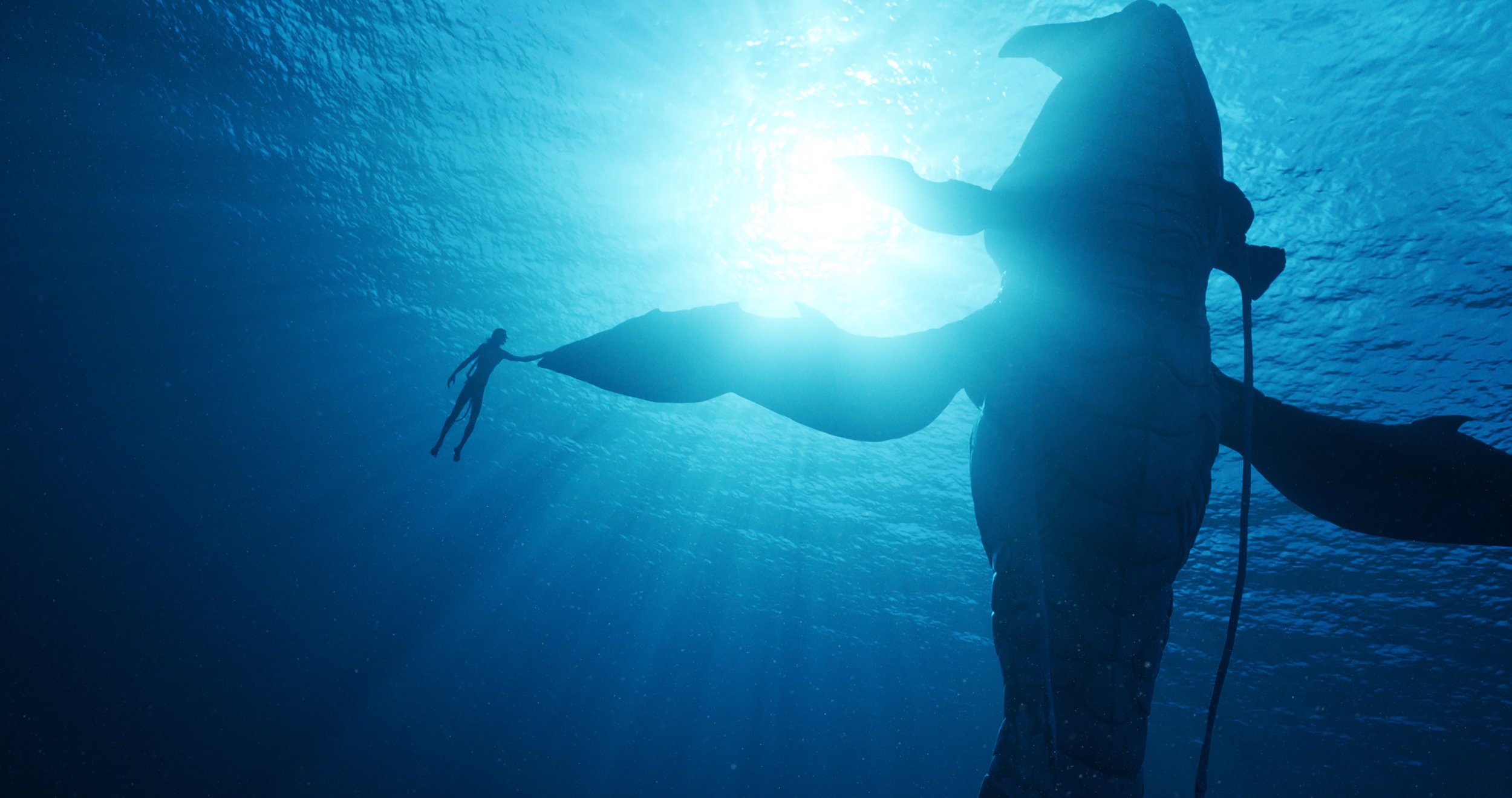
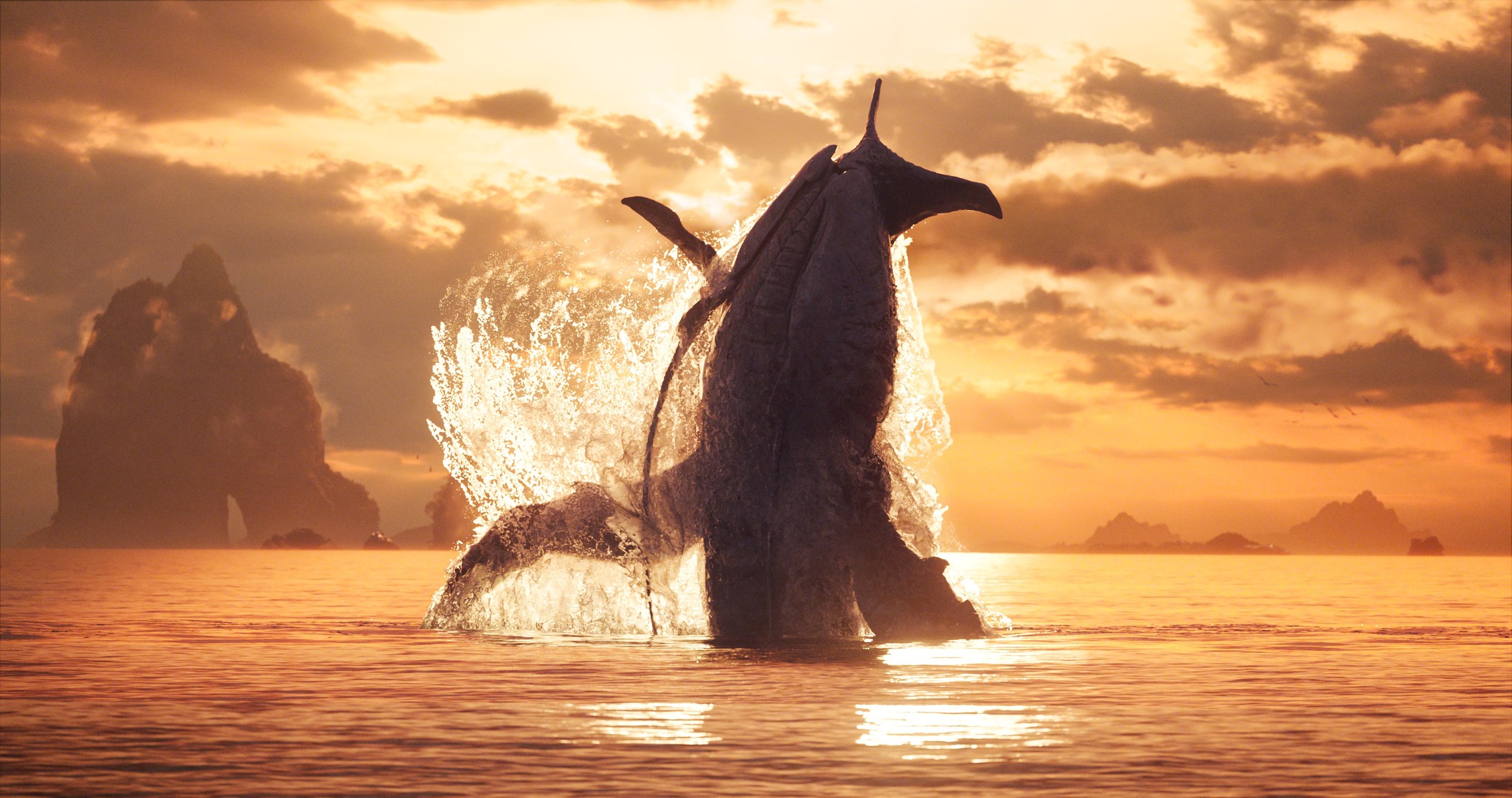
I would also like to point out the fantastic underwater cinematography by Peter Zuccarini. Whether or not some of it is augmented by CGI from Wētā FX or if it is practical, it is breathtaking. There was no point at which underwater movements felt unnatural or faked. It’s astonishing camerawork by Zuccarini, and I hope his work is eligible to be nominated for awards because it’s unreal how natural everything looks underwater.
Inevitably, there will be headlines like “don’t doubt James Cameron,” but I think the opposite is true. Avatar: The Way of Water is worth the experience of seeing the best visual effects and 3D implementation you’ve ever seen, as long as you can stomach the outdated story.
★★★
Avatar: The Way of Water is now playing in movie theaters.
Until next time!
Thanks to Thomas Stoneham-Judge from Movies For Reel, Shane Conto, Joseph Davis, David Walters, Ambula Bula, Matthew Simpson, Thom Blackburn, and Beatrice AKA Shakesqueer, for supporting Austin B Media on Patreon!


